For the chemical equilibrium,
CaCO3(s)⇔CaO(s)+CO2(g)
ΔrHɵ can be determined from which one of the following plots?
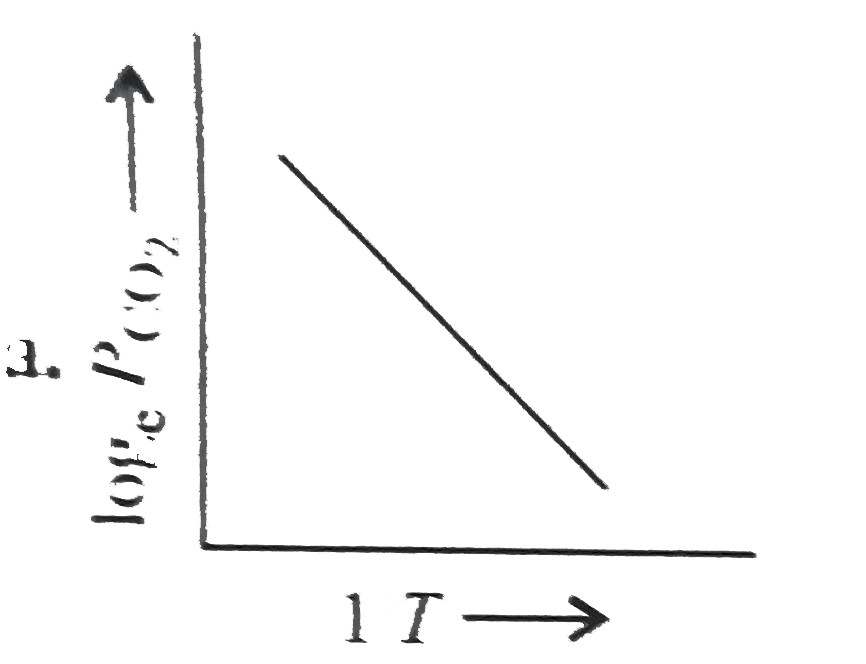
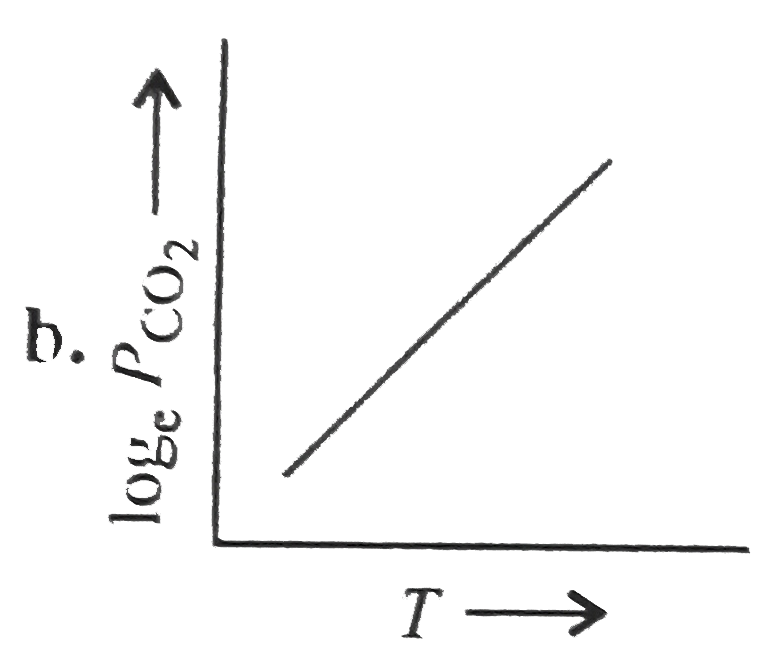
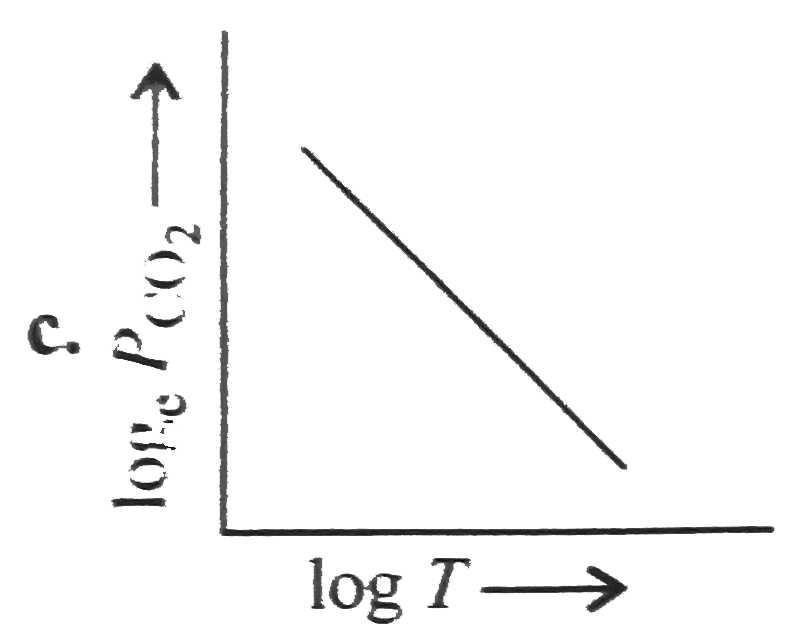
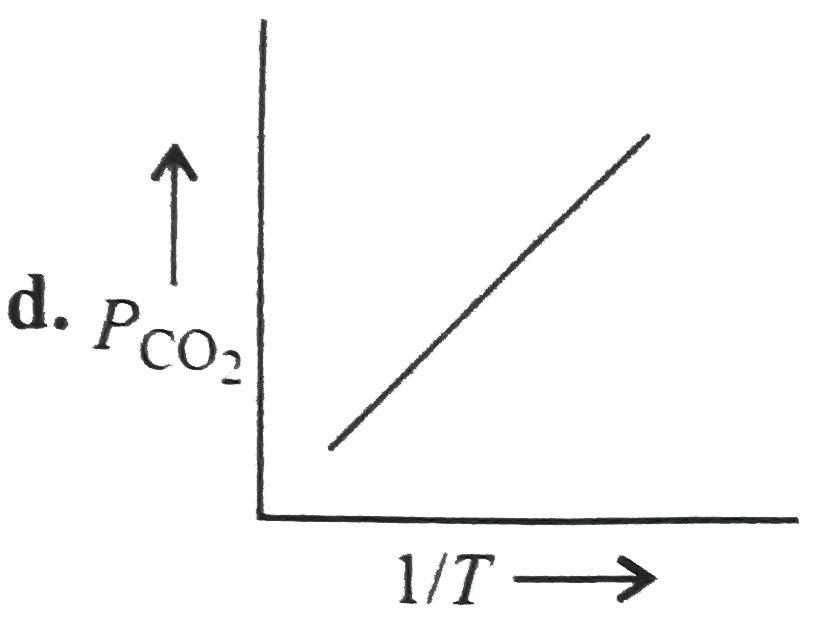
The correct Answer is:A
To determine the standard enthalpy change (ΔrH°) for the reaction
CaCO3(s)⇌CaO(s)+CO2(g)
we can use the relationship between the equilibrium constant (Kp) and temperature. The appropriate plot for this determination involves the logarithm of the equilibrium constant (log Kp) versus the inverse of the temperature (1/T).
1. Understanding the Reaction:
The reaction involves the decomposition of solid calcium carbonate (CaCO3) into solid calcium oxide (CaO) and gaseous carbon dioxide (CO2). The solid states do not contribute to the equilibrium constant (Kp), so we only consider the gaseous component.
2. Using the Van 't Hoff Equation:
The Van 't Hoff equation relates the change in the equilibrium constant (Kp) with temperature and is given by:
d(lnKp)dT=ΔrH∘RT2
This can be rearranged to show that:
lnKp=−ΔrH∘R⋅1T+C
where C is a constant.
3. Transforming to Logarithmic Form:
We can convert the natural logarithm (ln) to base 10 logarithm (log) using the relationship:
lnKp=2.303⋅logKp
Thus, we can express it as:
logKp=−ΔrH∘2.303R⋅1T+constant
4. Identifying the Plot:
From the equation derived, we see that if we plot log Kp (y-axis) against 1/T (x-axis), we will obtain a straight line. The slope of this line will be:
slope=−ΔrH∘2.303R
This indicates that the slope is negative, which is crucial for determining ΔrH°.
5. Conclusion:
Therefore, the standard enthalpy change (ΔrH°) can be determined from a plot of log Kp versus 1/T.
Final Answer:
The standard enthalpy change (ΔrH°) can be determined from a plot of log Kp vs. 1/T.
The reaction involves the decomposition of solid calcium carbonate (CaCO3) into solid calcium oxide (CaO) and gaseous carbon dioxide (CO2). The solid states do not contribute to the equilibrium constant (Kp), so we only consider the gaseous component.
The Van 't Hoff equation relates the change in the equilibrium constant (Kp) with temperature and is given by:
d(lnKp)dT=ΔrH∘RT2
This can be rearranged to show that:
lnKp=−ΔrH∘R⋅1T+C
where C is a constant.
We can convert the natural logarithm (ln) to base 10 logarithm (log) using the relationship:
lnKp=2.303⋅logKp
Thus, we can express it as:
logKp=−ΔrH∘2.303R⋅1T+constant
From the equation derived, we see that if we plot log Kp (y-axis) against 1/T (x-axis), we will obtain a straight line. The slope of this line will be:
slope=−ΔrH∘2.303R
This indicates that the slope is negative, which is crucial for determining ΔrH°.
Therefore, the standard enthalpy change (ΔrH°) can be determined from a plot of log Kp versus 1/T.
The standard enthalpy change (ΔrH°) can be determined from a plot of log Kp vs. 1/T.
Topper's Solved these Questions
- BOOK - CENGAGE CHEMISTRYCHAPTER - CHEMICAL EQUILIBRIUMEXERCISE - Concept Applicationexercise 7.153videos
CHEMICAL EQUILIBRIUM
- BOOK - CENGAGE CHEMISTRYCHAPTER - CHEMICAL EQUILIBRIUMEXERCISE - Ex 7.240videos
CHEMICAL EQUILIBRIUM
- BOOK - CENGAGE CHEMISTRYCHAPTER - CHEMICAL BONDING AND MOLECULAR STRUCTUREEXERCISE - Archives Subjective15videos
CHEMICAL BONDING AND MOLECULAR STRUCTURE
- BOOK - CENGAGE CHEMISTRYCHAPTER - CLASSIFICATION AND NOMENCLATURE OF ORGANIC COMPOUNDSEXERCISE - Analytical and Descriptive Type3videos
CLASSIFICATION AND NOMENCLATURE OF ORGANIC COMPOUNDS
Similar Questions
Knowledge Check
- Question 1 - Select One
For the chemical equilibrium,
CaCO3(s)⇔CaO(s)+CO2(g)
ΔrHɵ can be determined from which one of the following plots?A B
B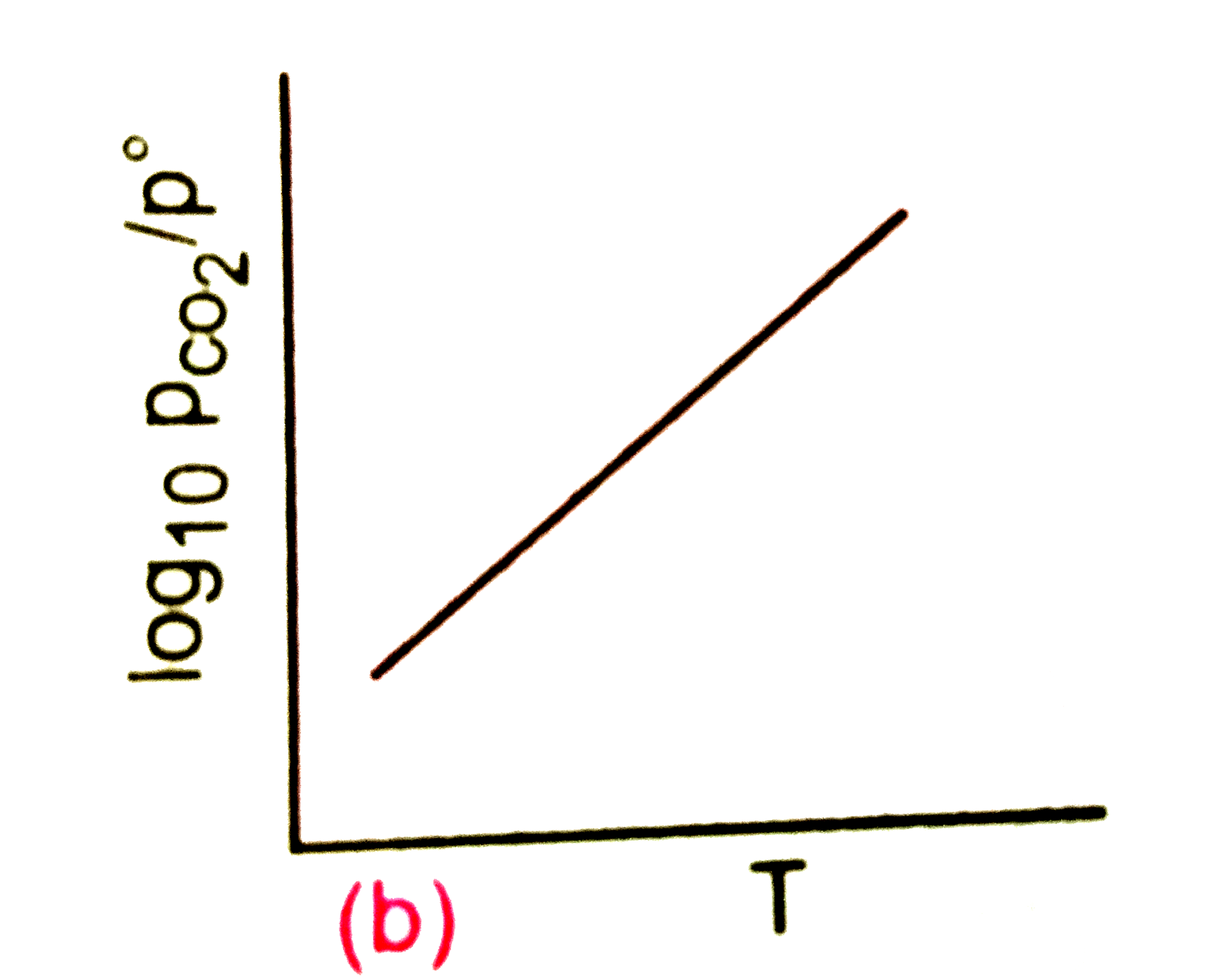 C
C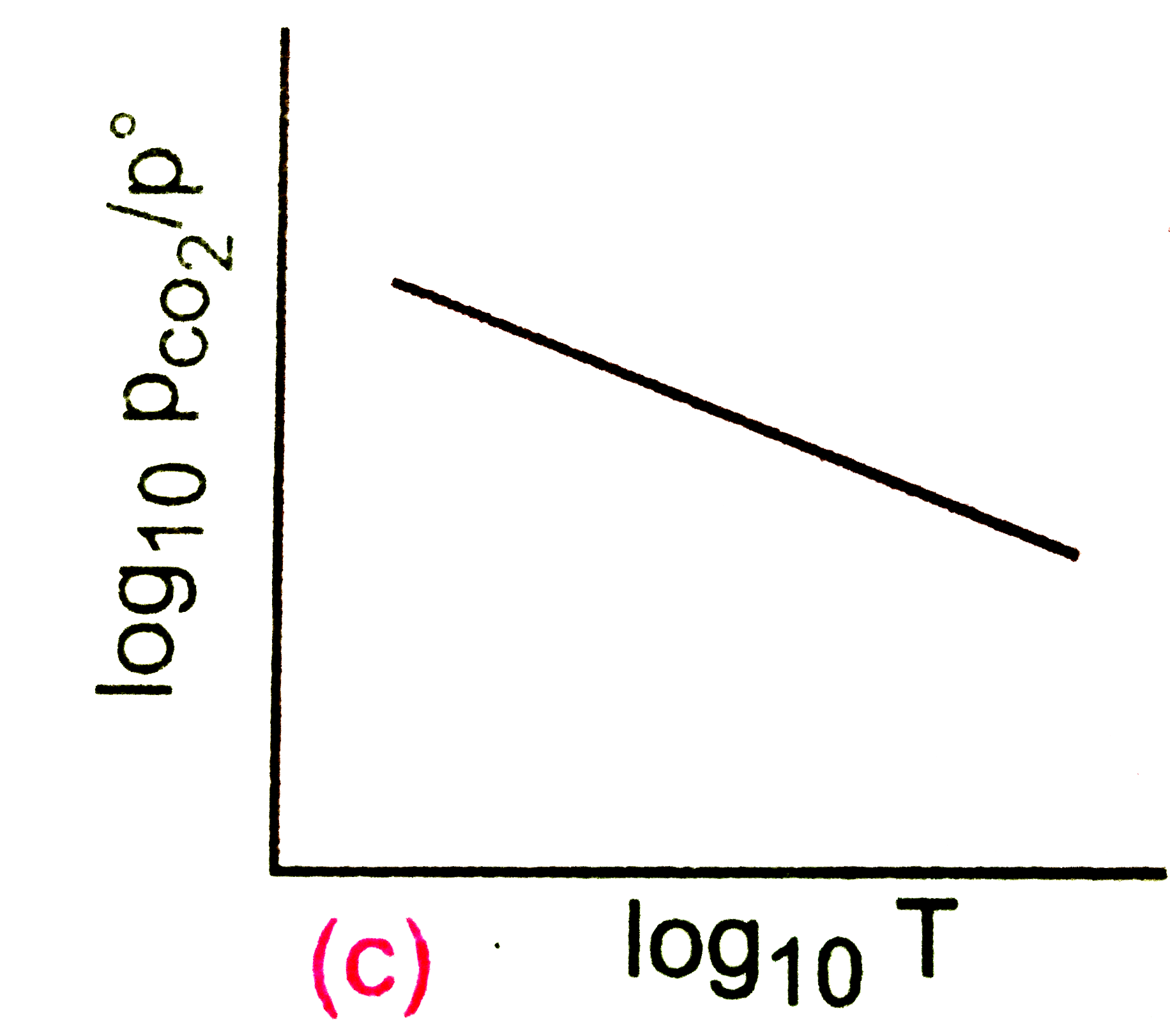 D
D
- Question 2 - Select One
For the chemical equilibrium,
CaCO3(s)⇔CaO(s)+CO2(g)
ΔrHɵ can be determined from which one of the following plots?A B
B C
C D
D
- Question 3 - Select One
For the chemical equilibrium,
CaCO3(s)⇔CaO(s)+CO2(g)
ΔrHɵ can be determined from which one of the following plots?A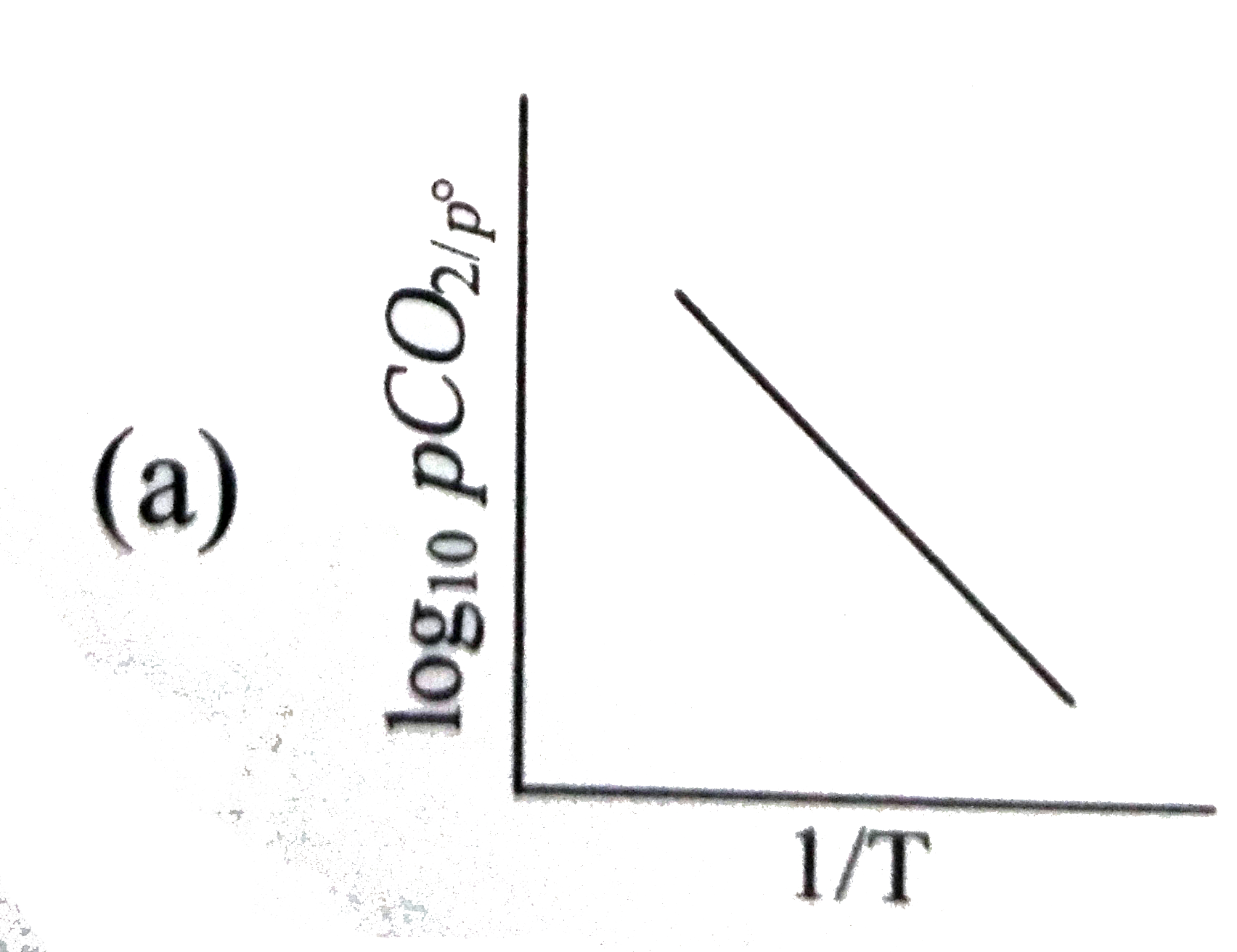 B
B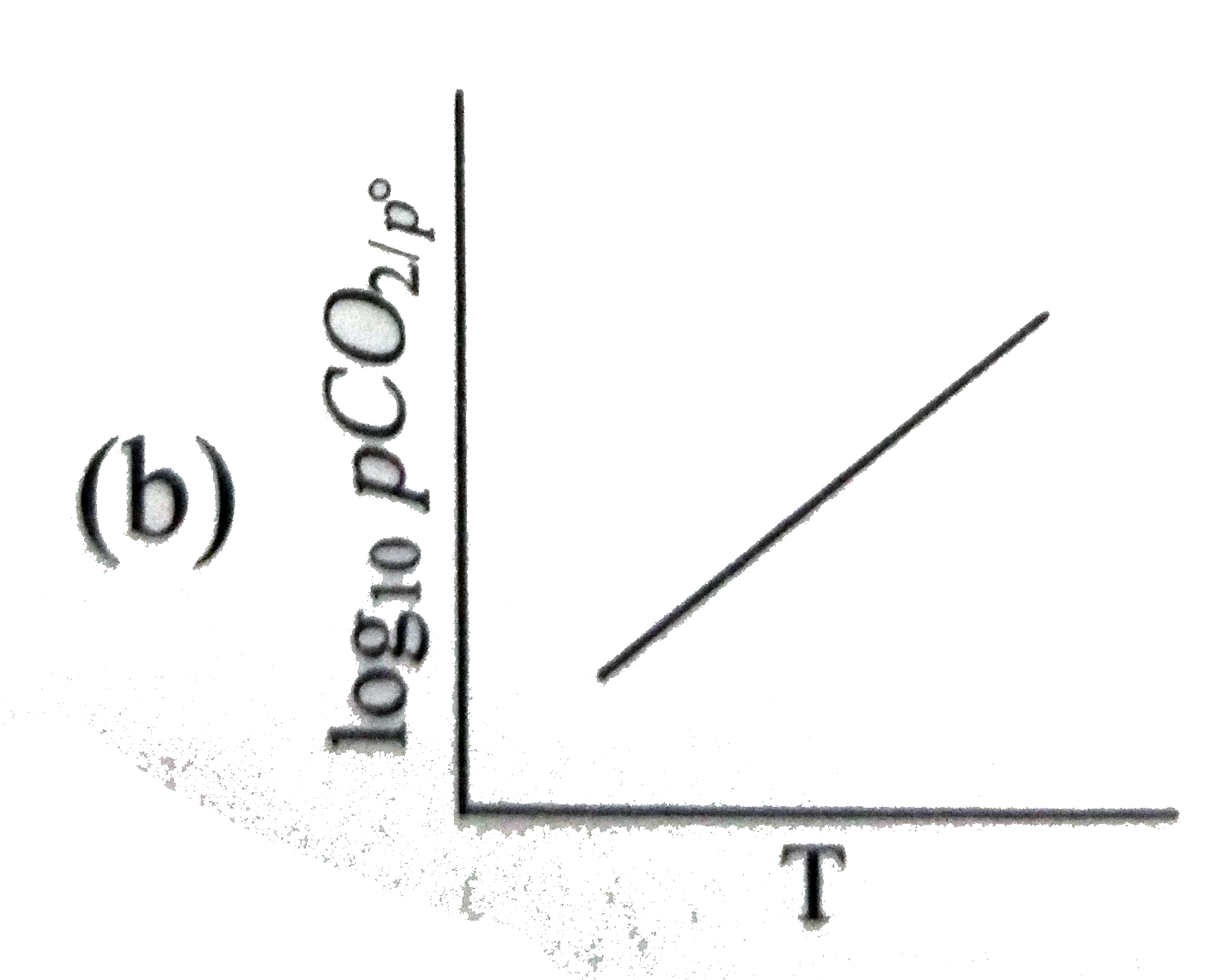 C
C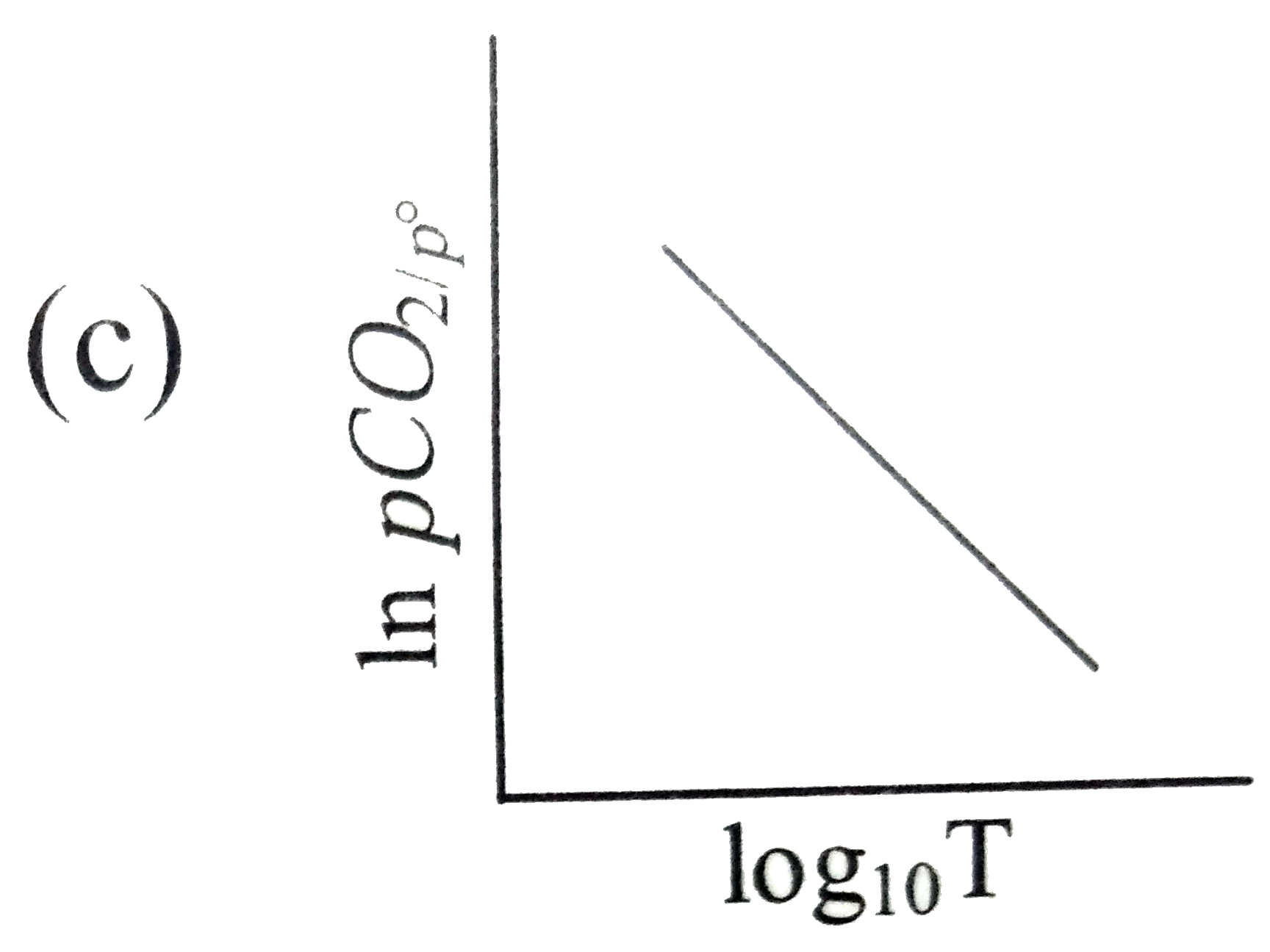 D
D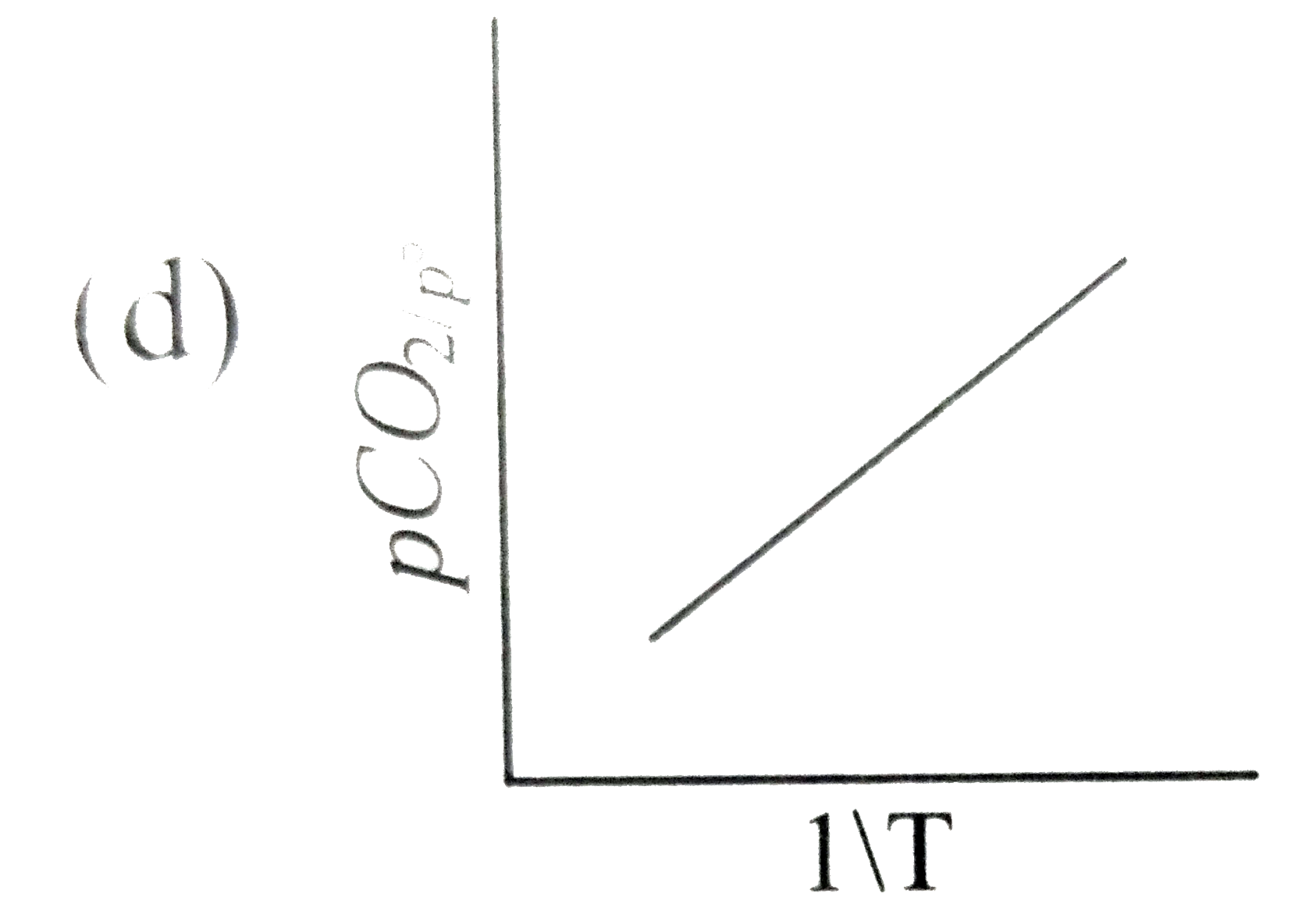
For the reaction :
CaCO3(s)⇔CaO(s)+CO2(g)View SolutionFor the reaction CaCO3(s)⇔CaO(s)+CO2(g)kp is equal to
View SolutionCaCO3(s)⇔CaO(s)+CO2(g),ΔH=110 kJ
The pressure of CO2 :View SolutionFor the reaction CaCO3(s)⇔CaO(s)+CO2(g) the equilibrium amount of CO2 can be increased by :
View SolutionFor the reaction CaCO3(s)→CaO(S)+CO2(g) the entropy
View Solution

